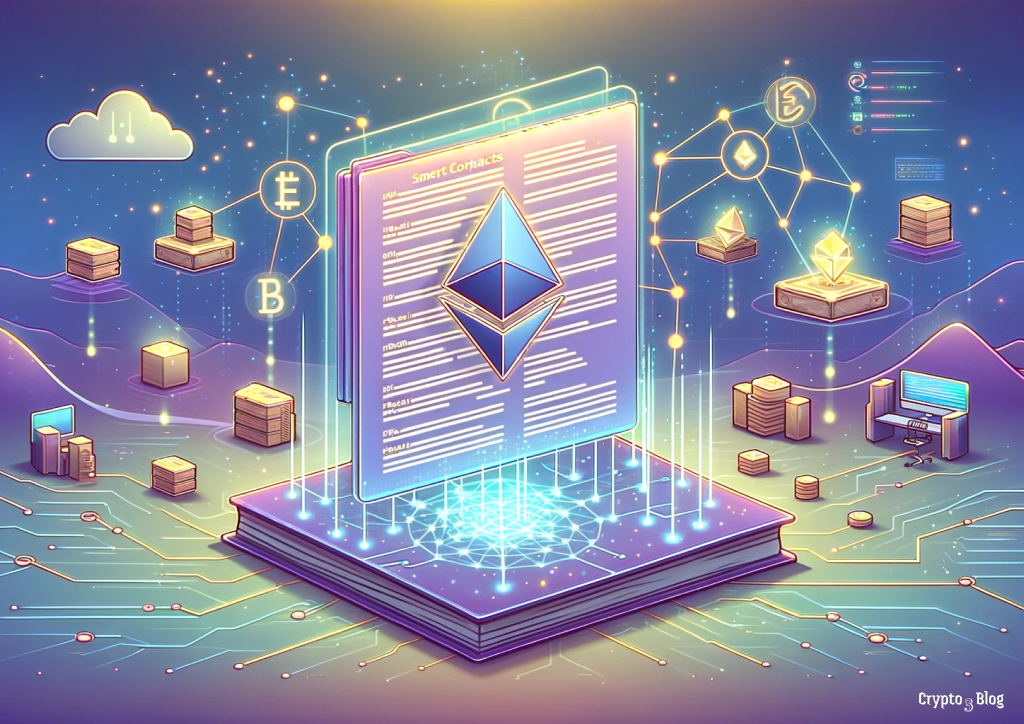Exploring ERC-404: Innovations in Ethereum’s NFT Token Standards

This is a description for your blog on Exploring ERC-404: Innovations in Ethereum's NFT Token Standards:
Introduction
Over the past year, a lot of attention has been paid to NFTs, and it's not surprising why they are on the way to growth. Ethereum led this development, mainly with its standard ERC-721. For some time now, ERC-721 has been a more-or-less default NFT standard on Ethereum. However, very recently, a new one sprouted up: ERC-404. We will discuss innovations that ERC-404 introduces and why this is something exciting for NFT fans and developers.
What is ERC-404?
ERC-404 is a novel Ethereum token standard that tries to make NFT development and management easier. While ERC-721 is highly flexible and versatile, the price for this adaptability brings in complications and overhead and problems when used. ERC-404, on the other hand, is lighter in weight and more efficient.
ERC-404 Innovation Key Features of Interest
What is the best thing about ERC-404? Here are some key features:
- Ease of Use: ERC-404 makes things accessible and easier. Its design would suit especially new NFT developers. The set of prebuilt smart contracts included in the standard can be easily slotted into a project already running.
- Lighter: ERC-404 is much lighter compared to ERC-721. This means it is much faster and more efficient. For applications required to interact greatly with NFTs, this is significantly important.
- Gas Efficiency: ERC-404 requires less gas compared to other configurations and costs less to create and manage NFTs. This makes it much more feasible for applications requiring a large amount of gas.
- Maturity Security: ERC-404 is more secure compared to others. It can prevent further malicious acts like thefts or manipulations against NFTs.
- Higher Flexibility: ERC-404 allows for flexibility in the types of assets that can represent any NFT. This means it will include digital art, music, and videos and even physical items. ERC-404 Use Cases
Why do you find ERC-404 interesting? Here are some possible uses for proof of its potential:
- Game: It may be used to generate NFTs that would be some items in the game, such as characters, weapons, or equipment. This would bring a whole new level of engagement and ownership to gamers.
- Collectibles: ERC-404 may be applied to create rare collectibles such as digital art, music, and videos, which would attract collectors because they are going to own some of the most sought-after valuable items.
- Digital Identity: With ERC-404, digital identity can finally be represented through verifiable credentials and digital passports. This may pave the way to new avenues that could bolster security and convenience for everyone and all organizations.
Conclusion
ERC-404 is one of the most exciting innovations in NFT token standards within Ethereum: it is actually lighter, more efficient, and more secure compared to the usual way of creating or managing NFTs. The great choice, being both to developers and users, is in features that can venture into this burgeoning blockchain and NFT ecosystem: ease of use, gas efficiency, and enhanced security. And time and again, we shall behold much innovative application as regards to ERC-404.
